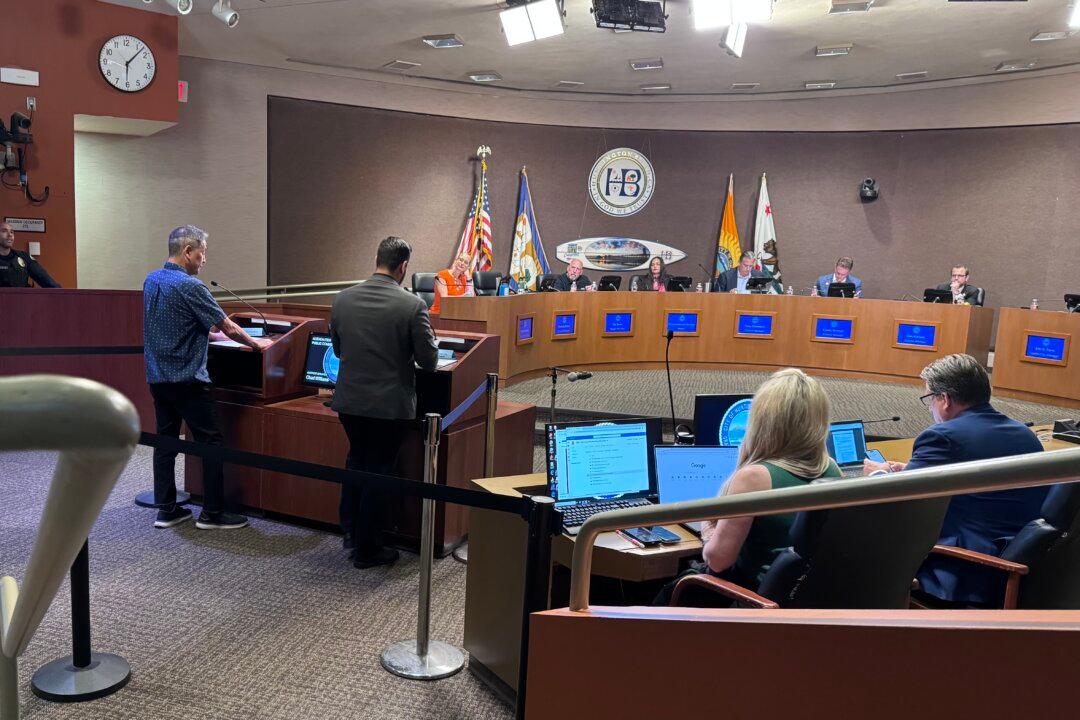The Los Angeles Unified School District has seen the second largest percentage enrollment decline in California over the past several years, according to education news website The 74.
The district’s enrollment fell from 639,337 in the 2015–16 academic year to 538,295 in 2022–23, a nearly 16 percent drop, or loss of about 100,000 students, the education outlet reported, citing California Department of Education data.





